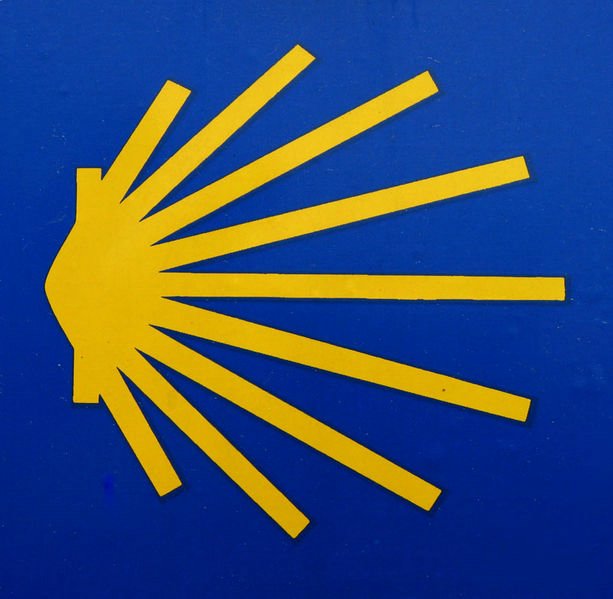Walking 500 Miles
For those of you who got bored reading the previous posting, here is the short version:
Basic Fact Sheet
1. Pilgrimage is a primary motif in all literature—additionally, every major world religion includes a pilgrimage as an element of worship or ritual.
2. In order of numbers of Medieval pilgrims, the four most visited pilgrim sites were
i. Jerusalem
ii. Rome, Italy
iii. Compostella de Santiago, Spain
iv. Canterbury, England
3. The popularity of pilgrimage soared in Medieval Europe when the Pope offered special Indulgences (release time from Purgatory) in the Jubilee Year of 1300.
4. Santiago is named for Saint James, whose relics are interred under the cathedral located there. According to 2nd century belief, he visited Spain early in his work.
5. Saint James is reputed to have been martyred in Jerusalem, but according to local legend, his bones were returned and buried in a secret location in Spain.
6. In the ninth century, a local Spaniard had a vision of a star over the plain (in Spanish, compostela, “the plain of the star”) indicating that Saint James was rising to fight off Moorish occupiers—Santiago Matamoros (Saint James the Moor Slayer) is supposed to have subsequently appeared at the battle of Clavijo (844 BCE) that led to the reconquista of Spain. And yes, Matamoros, Mexico takes its name from St. James.
7. The 12th century confraternity of the Knights Templar claimed to have discovered secret documents in Jerusalem concerning the exact whereabouts of James’ grave in Spain. They began the cathedral and opened the camino to pilgrims.
8. In 1307, the Catholic Chruch banned the Templars and the Hospitallers of St. John (a French group associated with the French papacy) took over operation of the camino.
9. In 1987, the Camino was declared the first European Cultural Route by the Council of Europe and is traveled by thousands of mostly-European travelers per year.
10. I GET TO GO!


0 Comments:
Post a Comment
<< Home